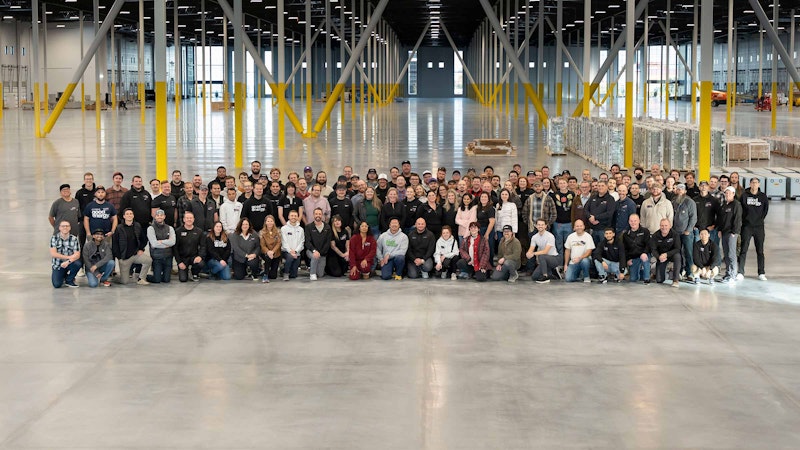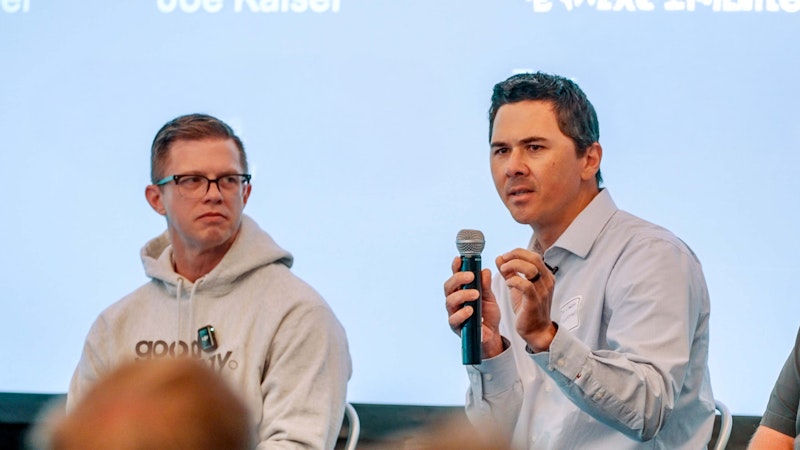Gentry—one of the Torus Station's early adopters—discusses solar EV charging, system sizing, his experience with the Torus Mobile App, and how careful system sizing has set him up for long-term success.
Torus Experience
Nate Walkingshaw: Hey, Gentry! Welcome to the manor, and thanks for joining us on this podcast for Torus. How has your perception changed from onboarding and installation to the first couple months of having your system?
Gentry D: We had our system turned on during the winter, so my expectations were low as far as production goes. We’re in Suncrest, so we get plenty of clouds at times, but by day five or six, we had our first 100% offset day, which was super cool. We could see how much of the energy from our solar panels was being used by the home versus routing through the battery. And, to your point, the system was sized really well, so we get a good 24 hours of storage from the battery. On the production side, things are also great. Even if it’s a moderate day with clouds throughout, we can still fill the battery and power the house, which is pretty awesome. I’m a nerd, so I’m in the app far more than I need to be because it’s fun to watch the system work in real time.
Torus & Tesla
GD: I had a Tesla system previously. The onboarding experience was similar to what you’d expect from a Tesla. I think what was disappointing was the integration between the car and the solar panel system. They were in the same app, but otherwise, I couldn’t see any integration between the two. The Torus experience has been really cool because my integration with Tesla now is better than my Tesla integration was with Tesla.
Solar EV Charging
GD: I rarely have to tinker with the system or tell it to do something outside of what it originally planned. One of the coolest things about the system is the solar EV charging. When you connect your Tesla, you can tell the system that you’d like to charge to at least 30% battery but are okay with going as high as 90%, for instance. Basically, you designate that 60% of the battery as an overflow for your Torus Station, so if you have excess solar during the day, you can use it to charge your car to that 90% threshold before you send it back to the grid. Because EVs guzzle so much electricity, this feature ends up being a really significant expansion of your energy storage. Your home battery might be 20 kilowatts or so. Together, my two electric cars have 175 kilowatts of battery storage. With a couple of sunny days, I can capture a lot of excess solar that would have otherwise been sold back to the utility company for pennies on the dollar, which is pretty cool.
Innovating Beyond Solar
GD: There was no differentiation at all between the solar panel systems I was looking at. It was all about who could get panels on the house for the cheapest price. No one was making the case that they were better because their product allows you to do this or that. There was essentially no innovation. Solar panels are commodities that these different companies spin up, but I hadn’t seen anyone truly differentiate their solar offering until Torus came along.
You May Also Like

In The News
2025 Wrap-Up and Look Ahead to 2026
From 99.99% uptime to 500 MW in utility partnerships to opening our new GigaOne manufacturing and assembly facility to growing our team to nearly 200 strong, we're accelerating the deployment of resilient power systems for our customers.

Press Release
Torus Names Bill Comeau as Chief Utility Officer to Advance Utility Partnerships
With extensive experience across the energy sector, Comeau will lead Torus’ efforts to co-create new utility programs that enhance reliability and resilience.
